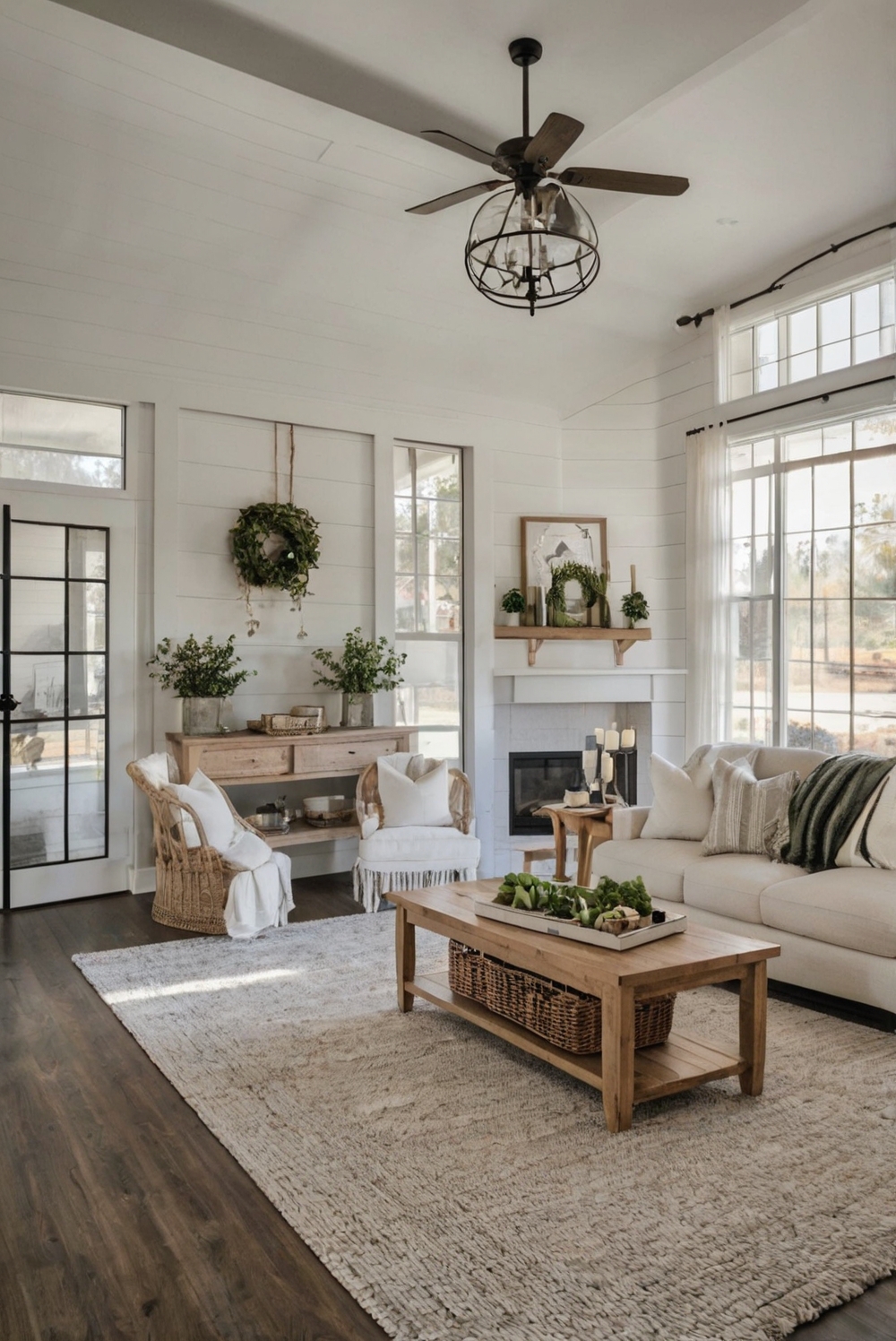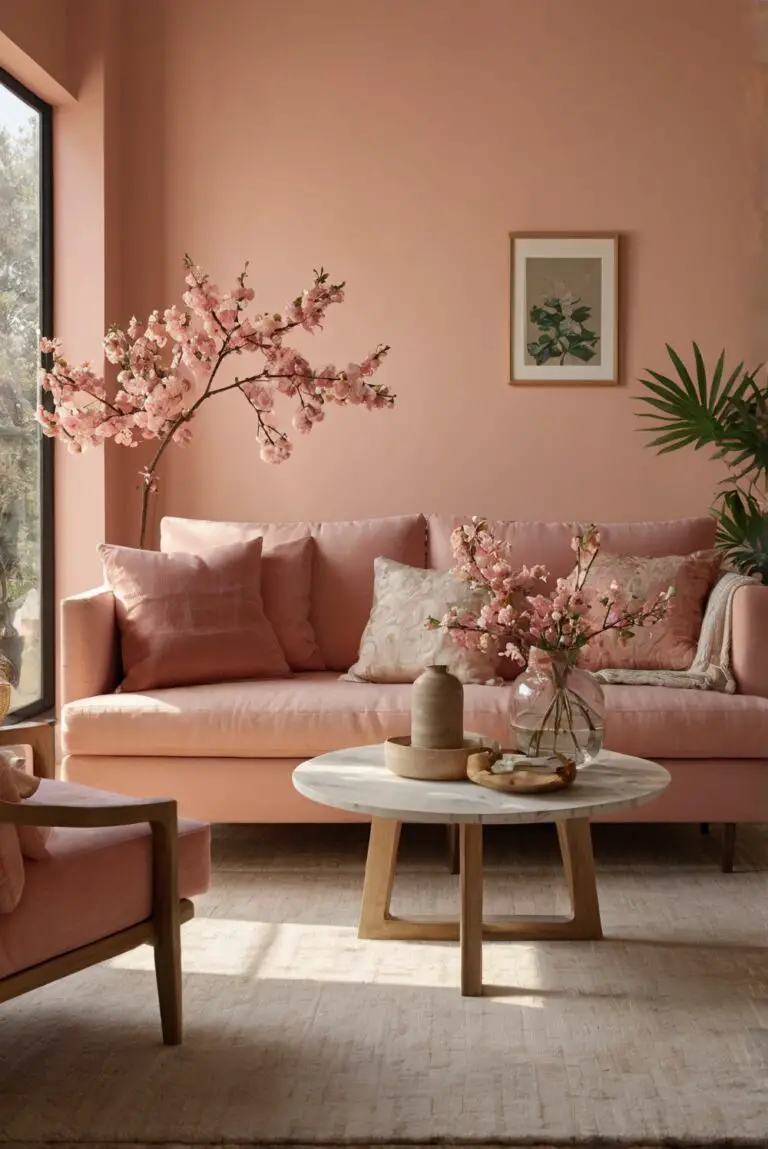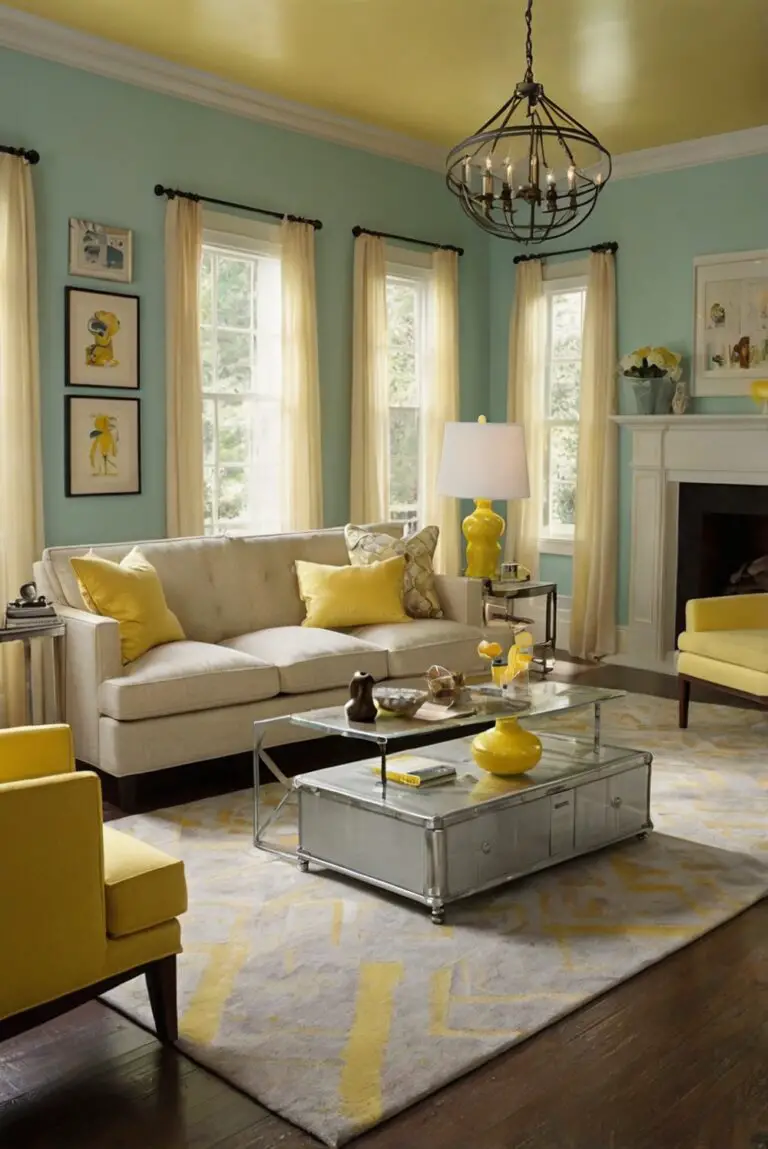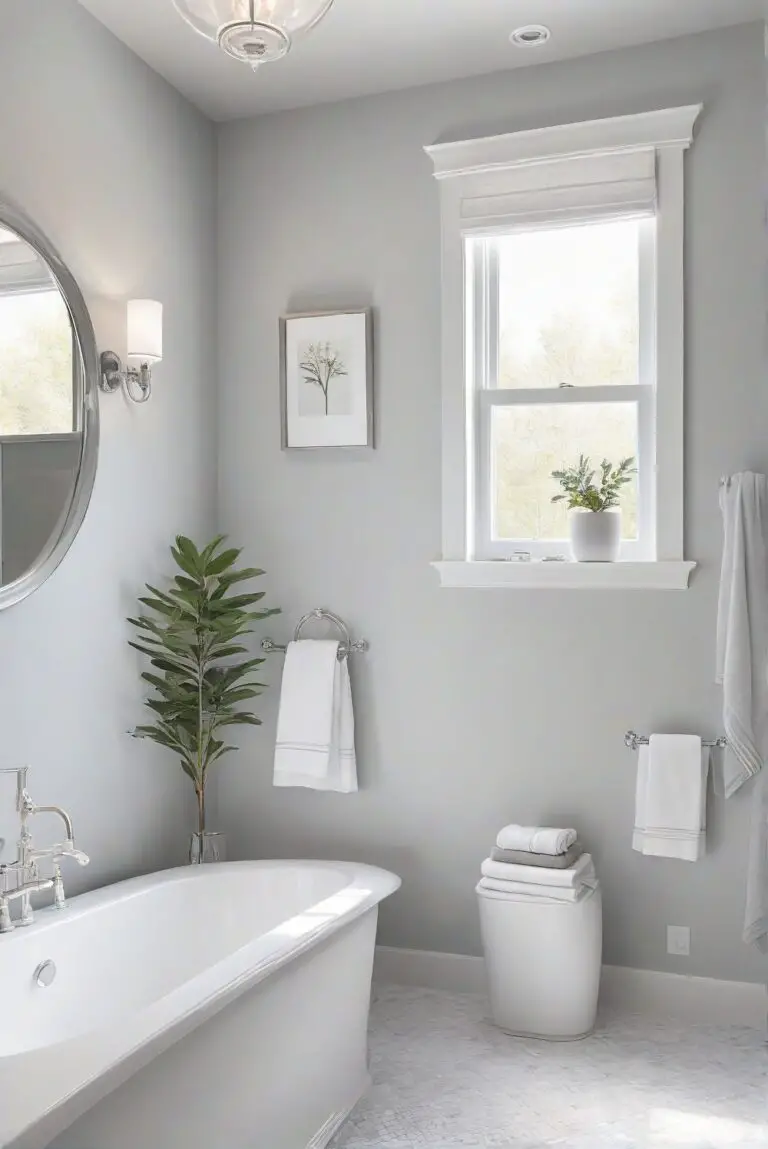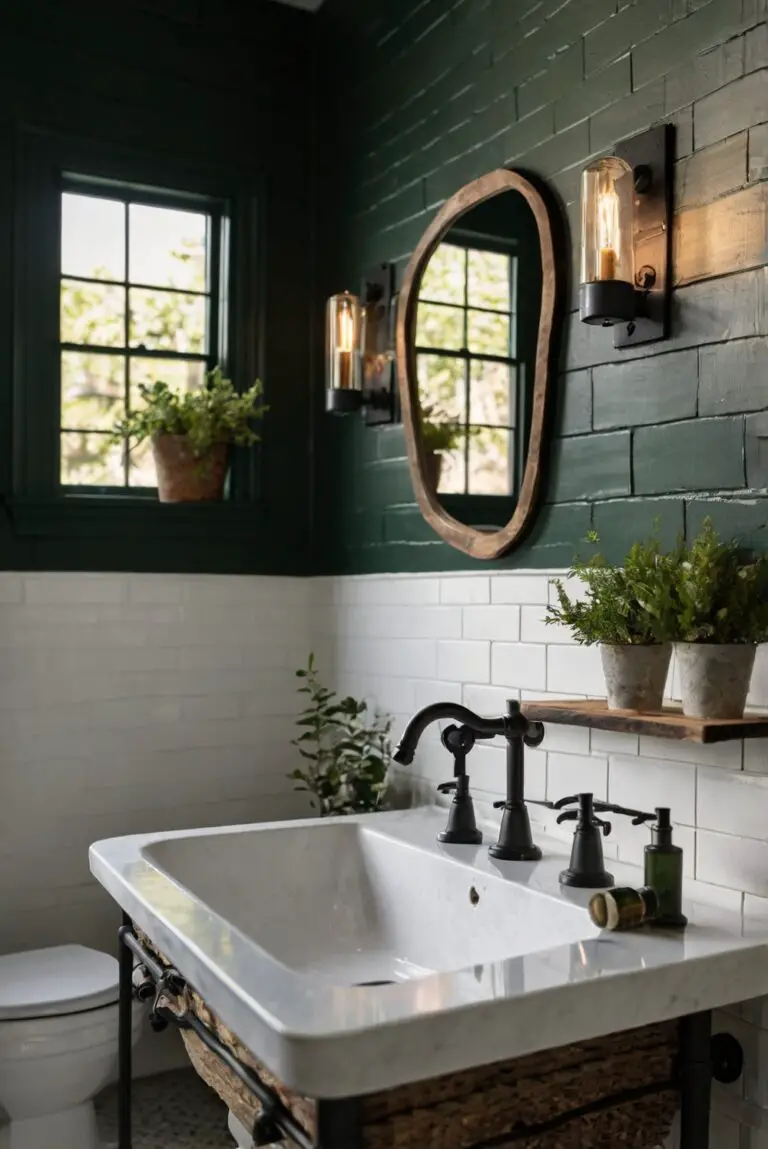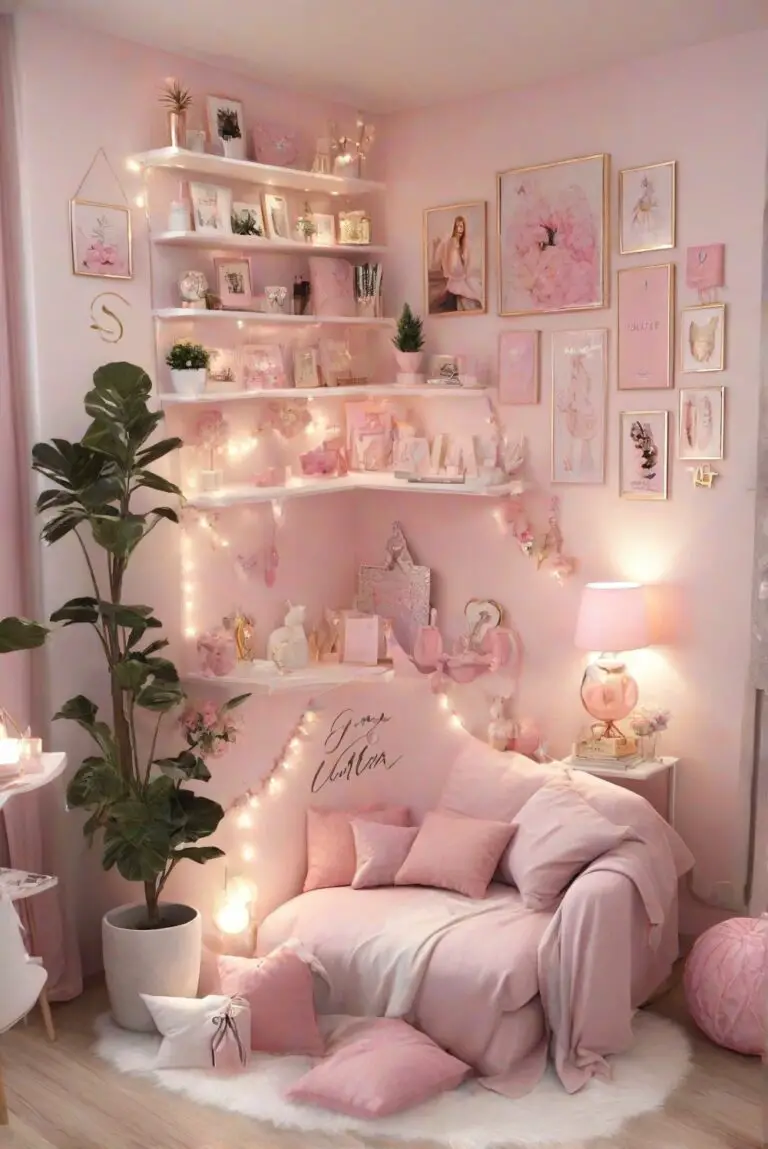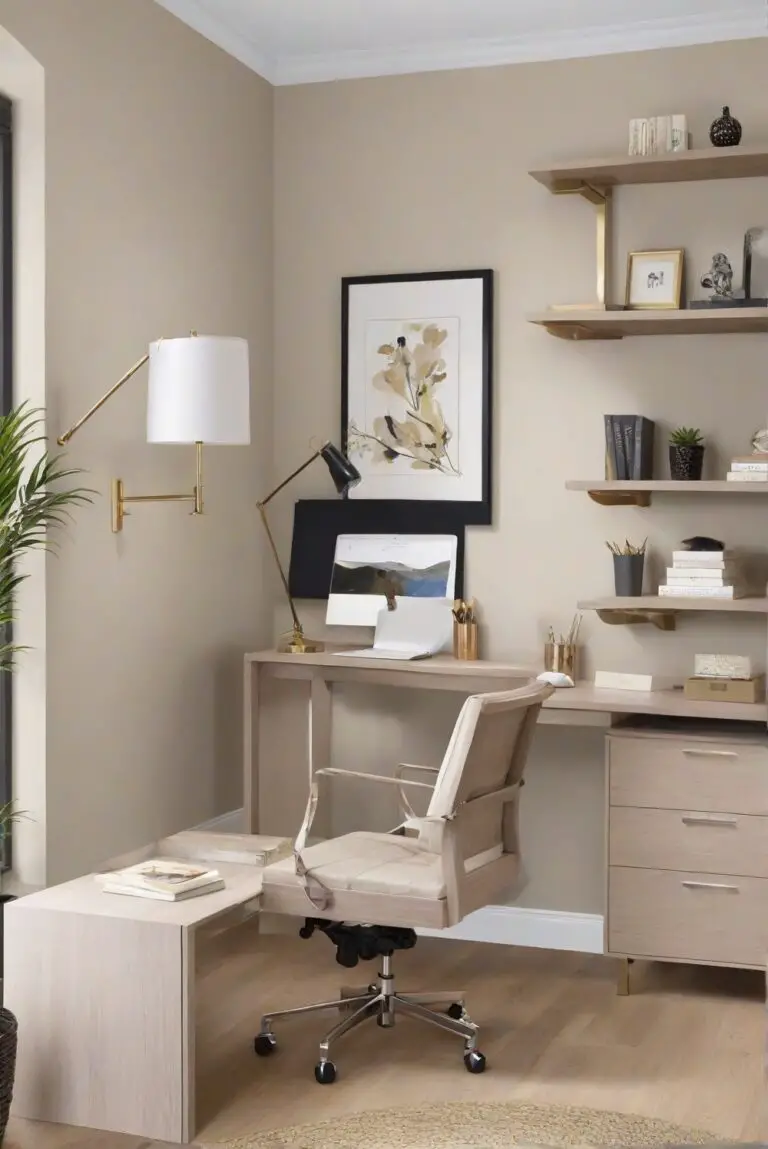Join me on a daily journey as an interior designer, exploring how to achieve a flawless transition between wall colors in an open-concept living room.
How to create a seamless transition between wall colors in an open-concept living room:
To seamlessly transition between wall colors in an open-concept living room, start by choosing colors from the same color family or with complementary undertones. Consider using a darker shade for an accent wall to add visual interest without creating a stark contrast. Using a primer paint for walls before applying the new colors will ensure a smooth and even finish. Additionally, consider the natural light in the room and how it will affect the colors during different times of day. To maintain a cohesive look, carry a unifying color element (such as a rug or piece of furniture) throughout the space. Experiment with swatches before committing to a color to ensure it complements the overall aesthetic of the room.
By following these steps and paying attention to details such as color tones and natural light, you can achieve a seamless transition between wall colors in your open-concept living room effortlessly.
How to choose complementary wall colors for an open-concept living room to create a seamless transition?
Choosing complementary wall colors for an open-concept living room is crucial to achieving a harmonious and seamless transition. Here are some key points to consider:
– **Consider the overall color scheme:** Start by considering the existing color scheme in your living room. Choose wall colors that complement the furniture, flooring, and decor in the space.
– **Use a color wheel:** Utilize a color wheel to identify complementary colors. Colors that are opposite each other on the color wheel tend to work well together and create a balanced look.
– **Stick to a cohesive palette:** Select wall colors that belong to the same color family or have similar undertones. This will help create a cohesive and unified feel throughout the open-concept space.
– **Test samples:** Before committing to a color, test paint samples on the walls to see how they look in different lighting conditions. This will help you choose the right shade that complements the space.
– **Consider the flow:** Ensure that the wall colors flow seamlessly from one area to another in the open-concept living room. Avoid abrupt color changes that can disrupt the visual continuity.
– **Opt for neutral tones:** Neutral colors like beige, gray, or off-white are versatile choices for open-concept spaces as they provide a subtle backdrop for various decor styles.
– **Balance light and dark:** Mix light and dark shades to create depth and dimension in the room. Use lighter colors for larger wall surfaces and darker tones for accent walls or smaller areas.
What is the best way to blend different wall colors in an open-concept living room without creating a harsh contrast?
Blending different wall colors in an open-concept living room requires careful planning to ensure a seamless transition. Here are some tips to help you achieve a cohesive look:
– **Choose a unifying element:** Select a common element such as a rug, piece of furniture, or artwork that can tie the different wall colors together. This will create a cohesive visual connection between the walls.
– **Create a focal point:** Use a bold accent wall or a statement piece of furniture to draw the eye and distract from the transition between wall colors.
– **Use a gradual transition:** Instead of abruptly changing colors at a corner or edge, create a gradual transition by blending the two colors together. This can be done by using a third color as a buffer or by using a subtle ombre effect.
– **Consider the sightlines:** Ensure that the different wall colors are visible from multiple vantage points in the open-concept space. This will help create a harmonious flow and prevent abrupt color changes.
– **Incorporate natural light:** Natural light can help unify different wall colors by casting a consistent glow throughout the space. Consider how the colors look in different lighting conditions before finalizing your choices.
– **Use color blocking:** Break up large wall surfaces with color blocking techniques. This involves painting sections of walls in different colors to create visual interest and define separate areas within the open-concept room.
– **Seek professional advice:** If you’re unsure about how to blend different wall colors, consider consulting with a professional interior designer who can provide expert guidance on color coordination and transitions.
Can I use accent walls in an open-concept living room to create a seamless transition between wall colors?
Accent walls can be a great way to introduce a pop of color or texture in an open-concept living room while maintaining a seamless transition between wall colors. Here are some ideas on how to use accent walls effectively:
– **Choose a strategic location:** Select a focal wall that serves as a natural divider between different areas of the open-concept space. This could be a wall behind the sofa, a fireplace wall, or the wall facing the entryway.
– **Opt for a complementary color:** Choose an accent color that complements the existing wall colors in the room. This will create a cohesive look while adding visual interest.
– **Experiment with textures:** Consider using textured paint, wallpaper, or wood paneling to create an accent wall that stands out from the rest of the room. Textures can add depth and dimension to the space.
– **Create a feature wall:** Turn your accent wall into a feature by showcasing artwork, a gallery of frames, or a statement piece of furniture. This will draw attention to the wall and create a focal point in the room.
– **Use lighting to accentuate:** Install wall sconces, spotlights, or recessed lighting to highlight the accent wall and create a dramatic effect. Lighting can enhance the color and texture of the wall, making it a standout feature.
– **Blend with furniture:** Coordinate the color of your accent wall with the furniture and decor in the room to ensure a seamless transition. This will help tie the different elements together and create a cohesive look.
– **Consider temporary solutions:** If you’re hesitant about committing to a permanent accent wall, explore temporary options like removable wallpaper or decals. These can be easily changed or removed to suit your evolving style preferences.
Additional Valuable Information and Trend Ideas for “How do you create a seamless transition between wall colors in an open-concept living room?”:
– **Monochromatic Palette:** Stick to varying shades of a single color to create a sophisticated and cohesive look throughout the open-concept space.
– **Biophilic Design:** Incorporate natural elements like earthy tones, botanical prints, and organic textures to seamlessly blend wall colors with the surrounding environment.
– **Color Blocking:** Experiment with geometric shapes and bold color combinations to delineate different zones within the open-concept room while maintaining a unified color scheme.
– **Metallic Accents:** Introduce metallic finishes like gold, silver, or copper to add a touch of glamour and visual interest to the walls without overpowering the space.
– **Contrast with Black:** Use black accents or trim to create a striking contrast against lighter wall colors and add a modern touch to the open-concept living room.
– **Soft Pastels:** Embrace soft pastel hues like blush pink, mint green, or sky blue to create a serene and calming atmosphere while transitioning between wall colors seamlessly.
– **Geometric Patterns:** Incorporate geometric patterns or stripes on walls to visually connect different areas of the open-concept room and add a contemporary flair to the space.
– **Vintage Vibes:** Infuse retro colors like mustard yellow, burnt orange, or olive green to evoke a nostalgic feel and create a unique transition between wall colors in a modern setting.
– **Artistic Murals:** Consider commissioning a mural or hand-painting a design on one of the walls to serve as a focal point and tie together the various wall colors in a creative and artistic way.
Key Takeaways
– **Consider the overall color scheme and use a color wheel to choose complementary wall colors for a seamless transition.**
– **Blend different wall colors by selecting a unifying element, creating a focal point, and using a gradual transition.**
– **Accent walls can be used strategically to introduce color and texture while maintaining a cohesive look in an open-concept living room.**
– **Experiment with monochromatic palettes, biophilic design, color blocking, metallic accents, and other trend ideas to create a seamless transition between wall colors.**

